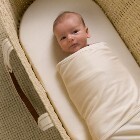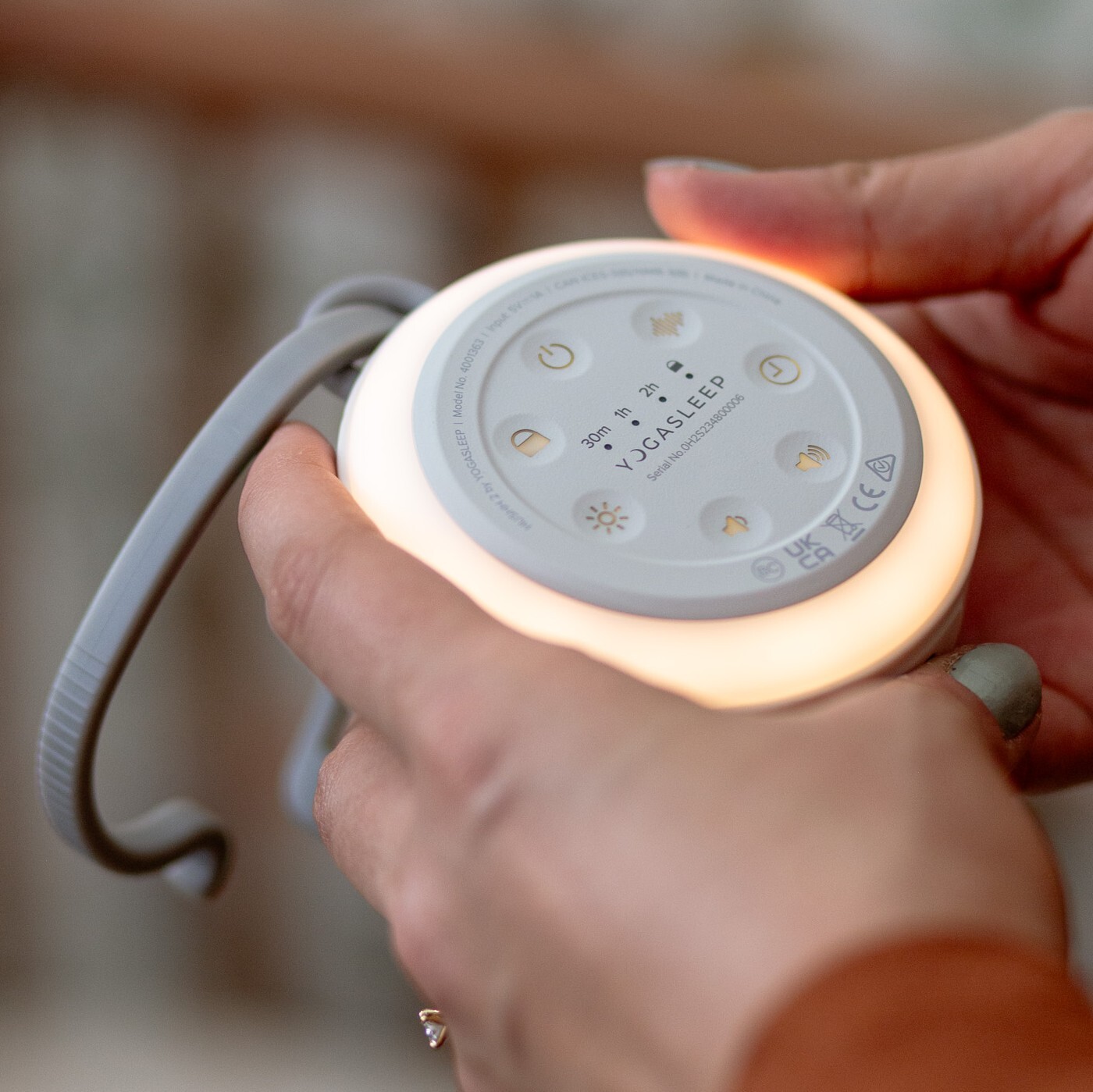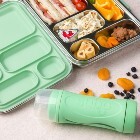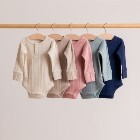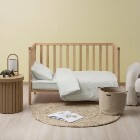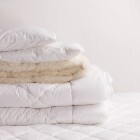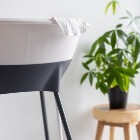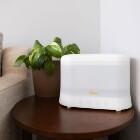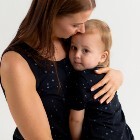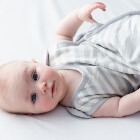You’re patiently waiting for the arrival of your baby and planning their nursery at the same time. You know you’ll definitely need a cot, but are still deciding whether to buy a bassinet or not. While bassinets are generally less expensive than a cot, babies will only use one for a relatively short amount of time (generally until baby can sit up or about 5 months).
Newborn babies typically spend up to 16-18 hours a day sleeping, so no matter whether you choose to buy a bassinet or not, it’s important to choose a safe sleep space. You'll be spending a lot of time settling a newborn through the day and night, possibly a lot more than you've considered if this is your first baby!
For the purposes of this article, when we talk about bassinets, we are also referring to co-sleepers, cradles and moses baskets.




